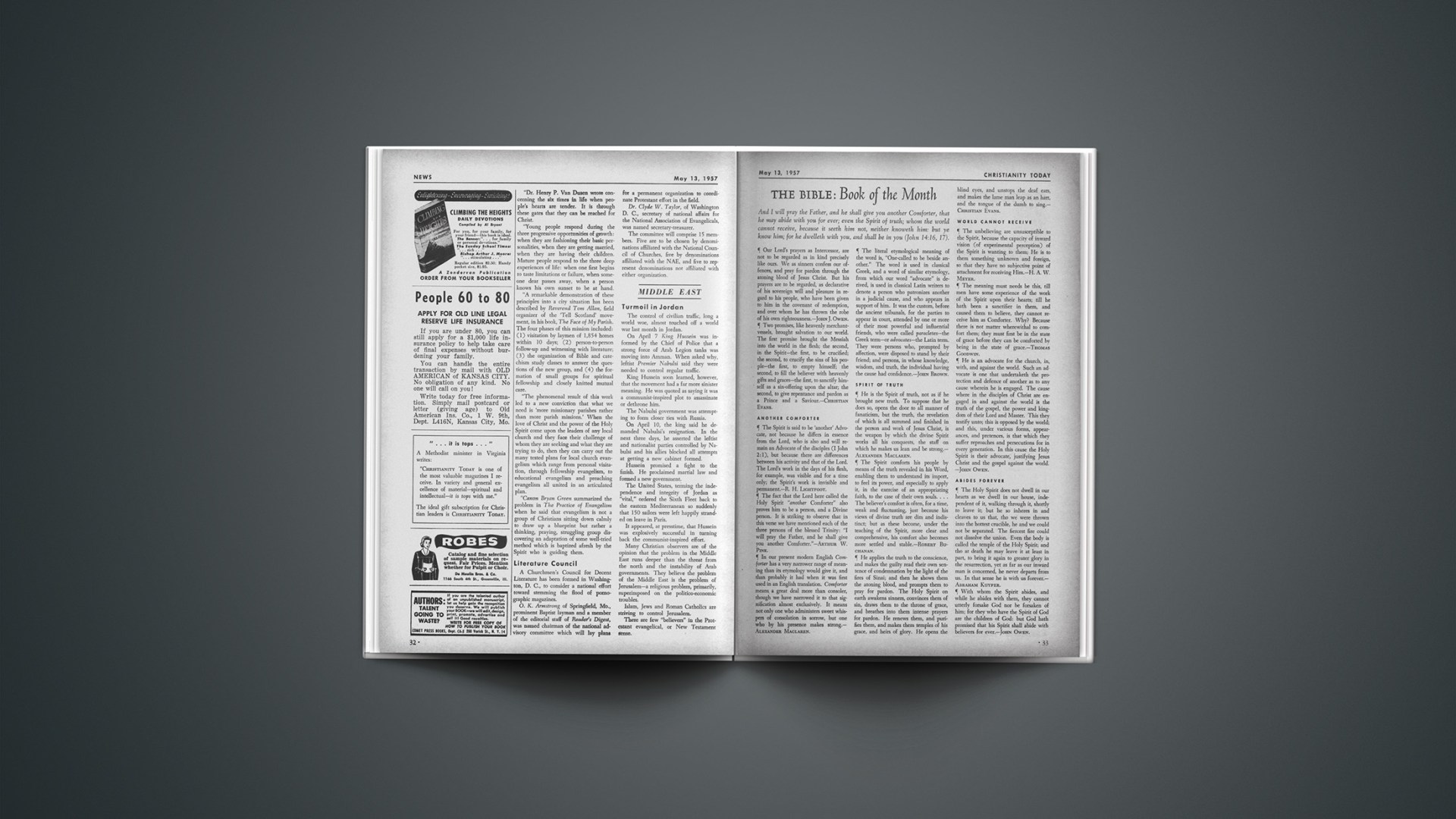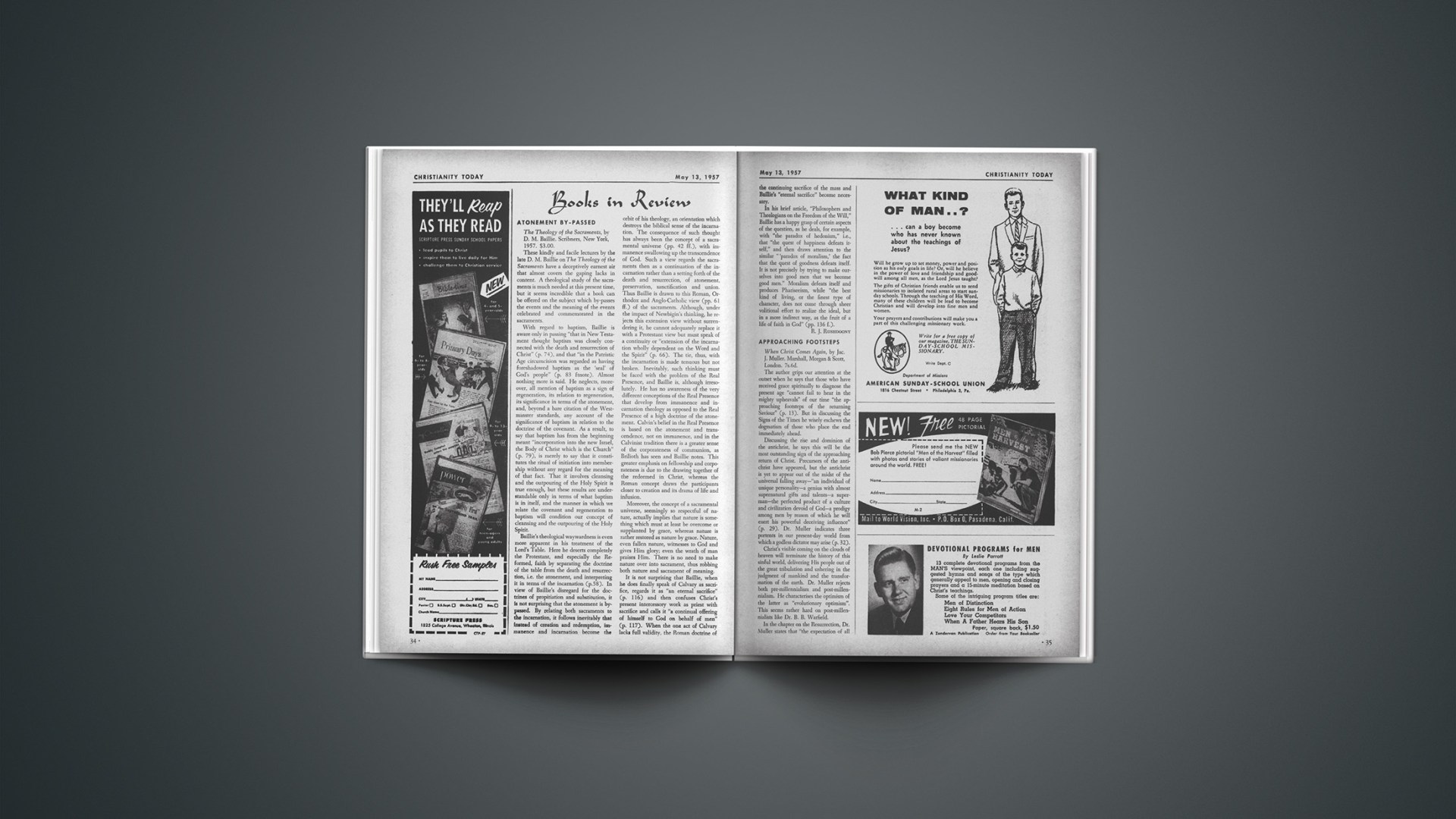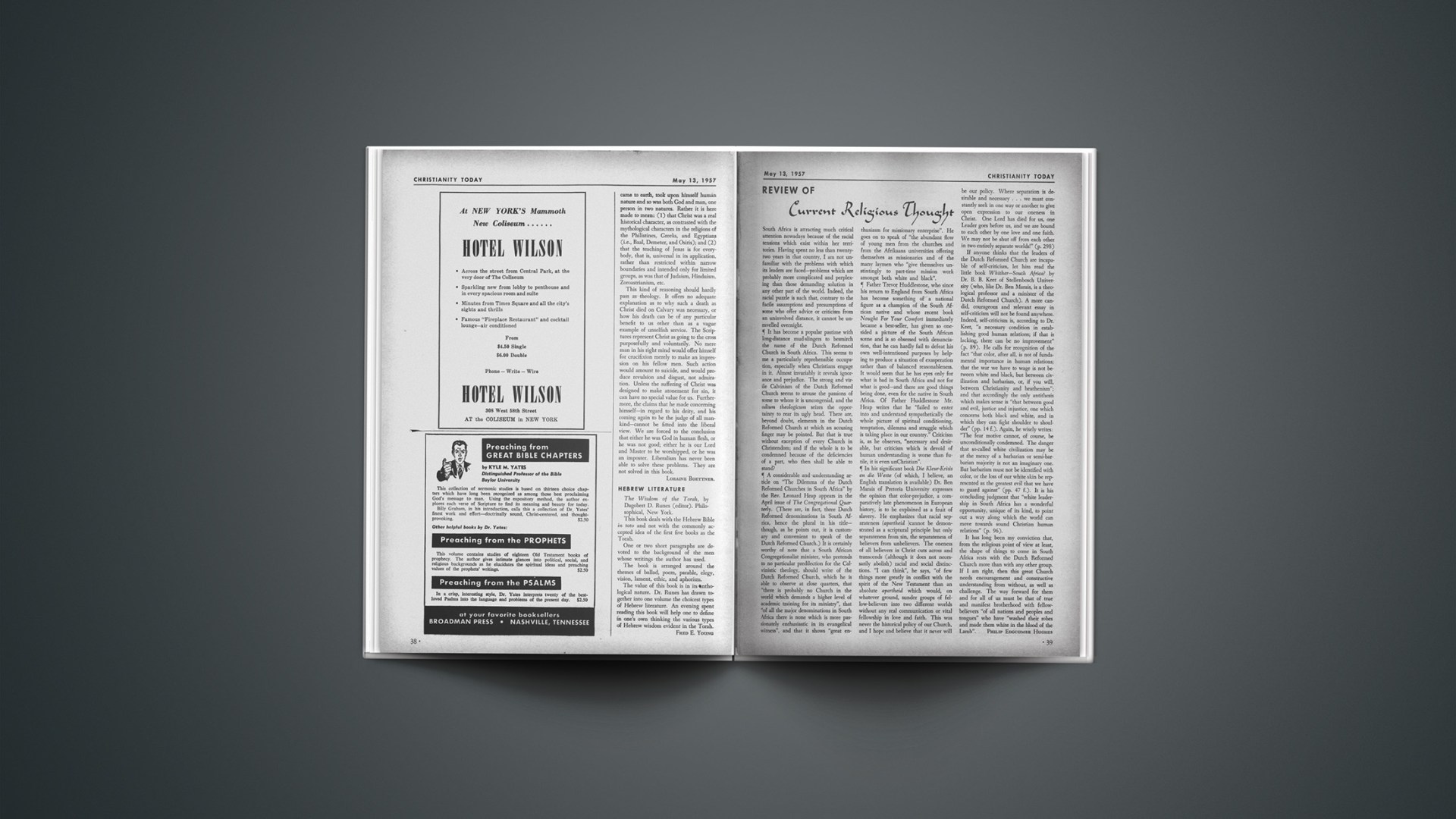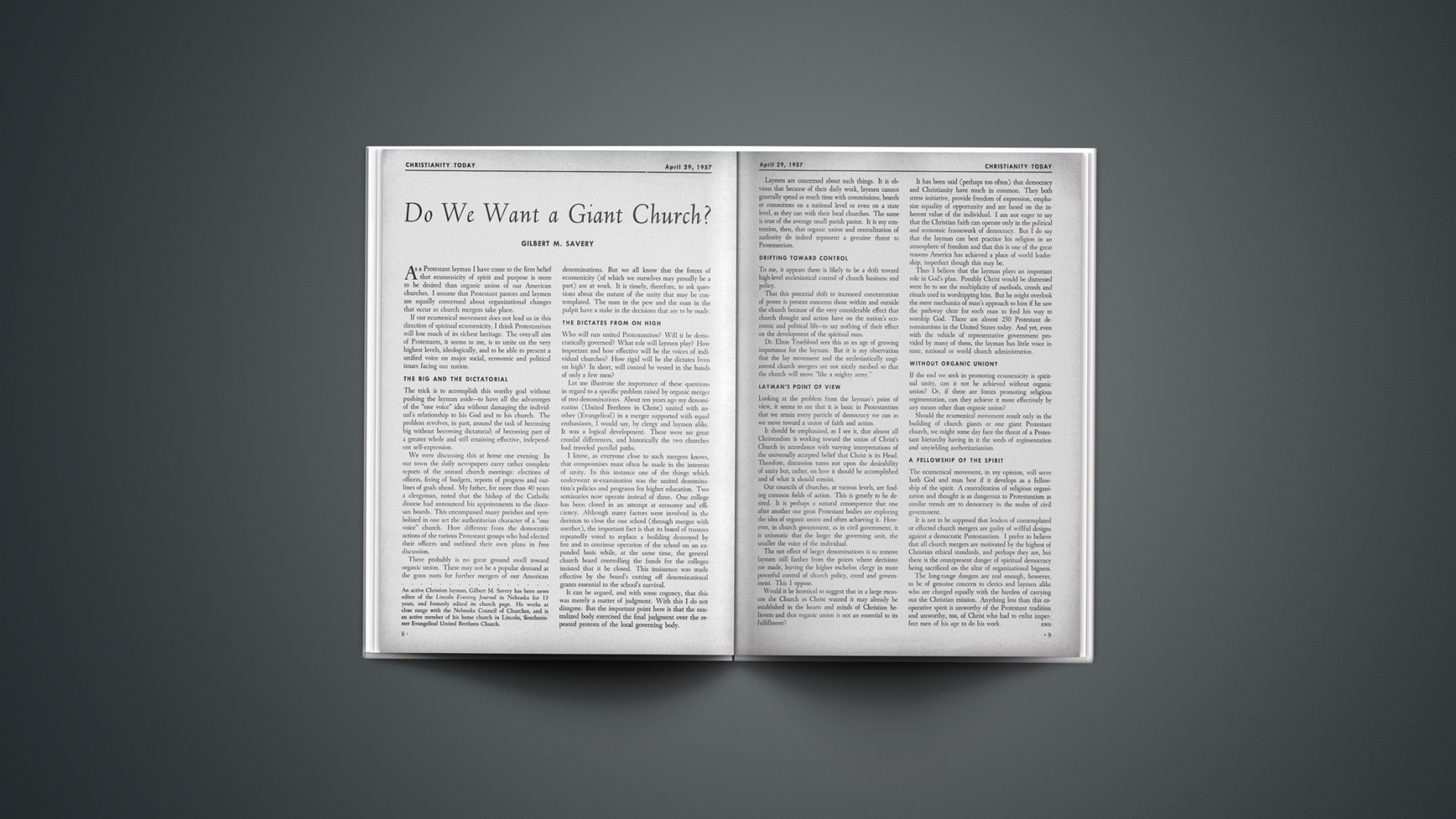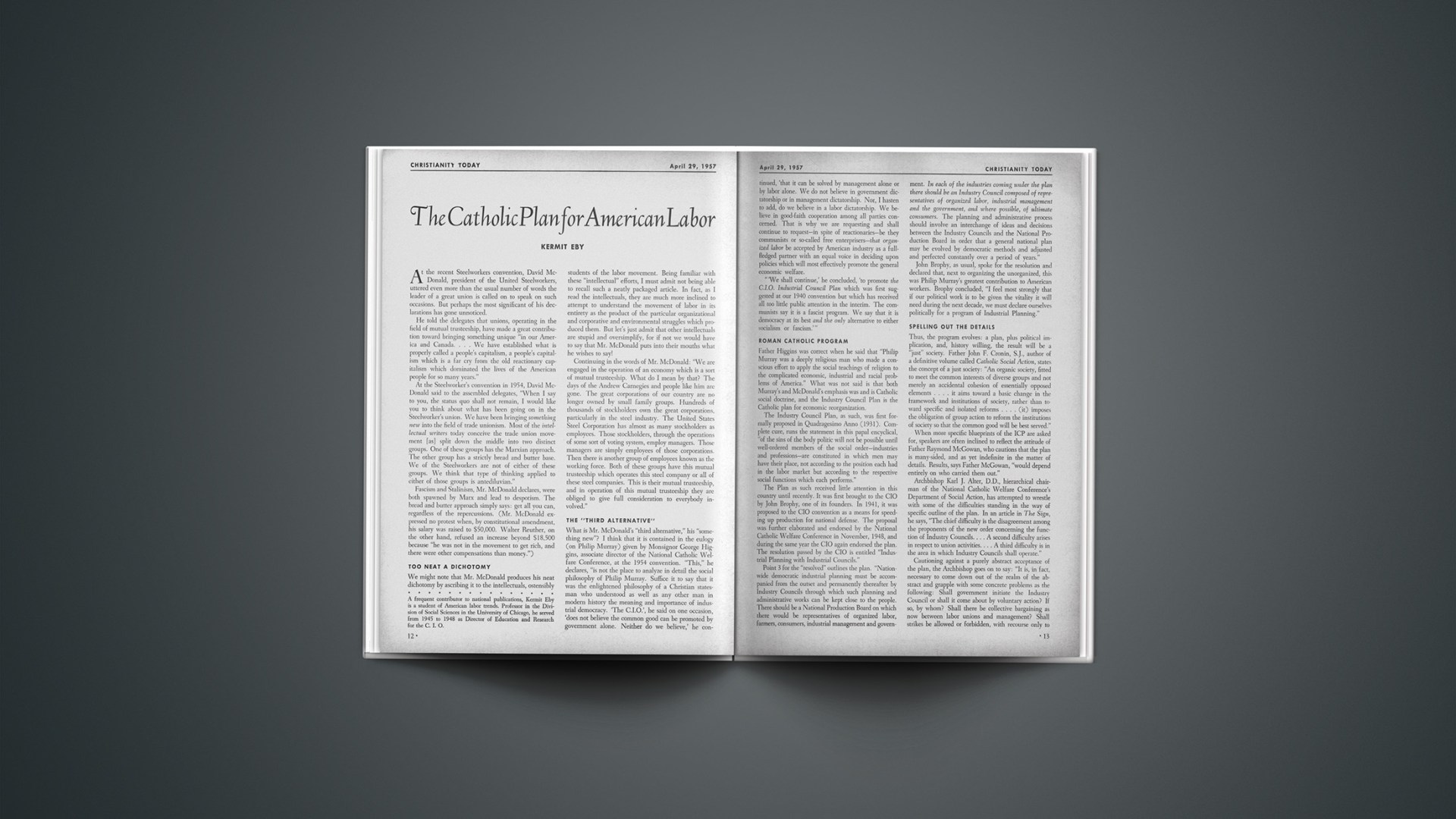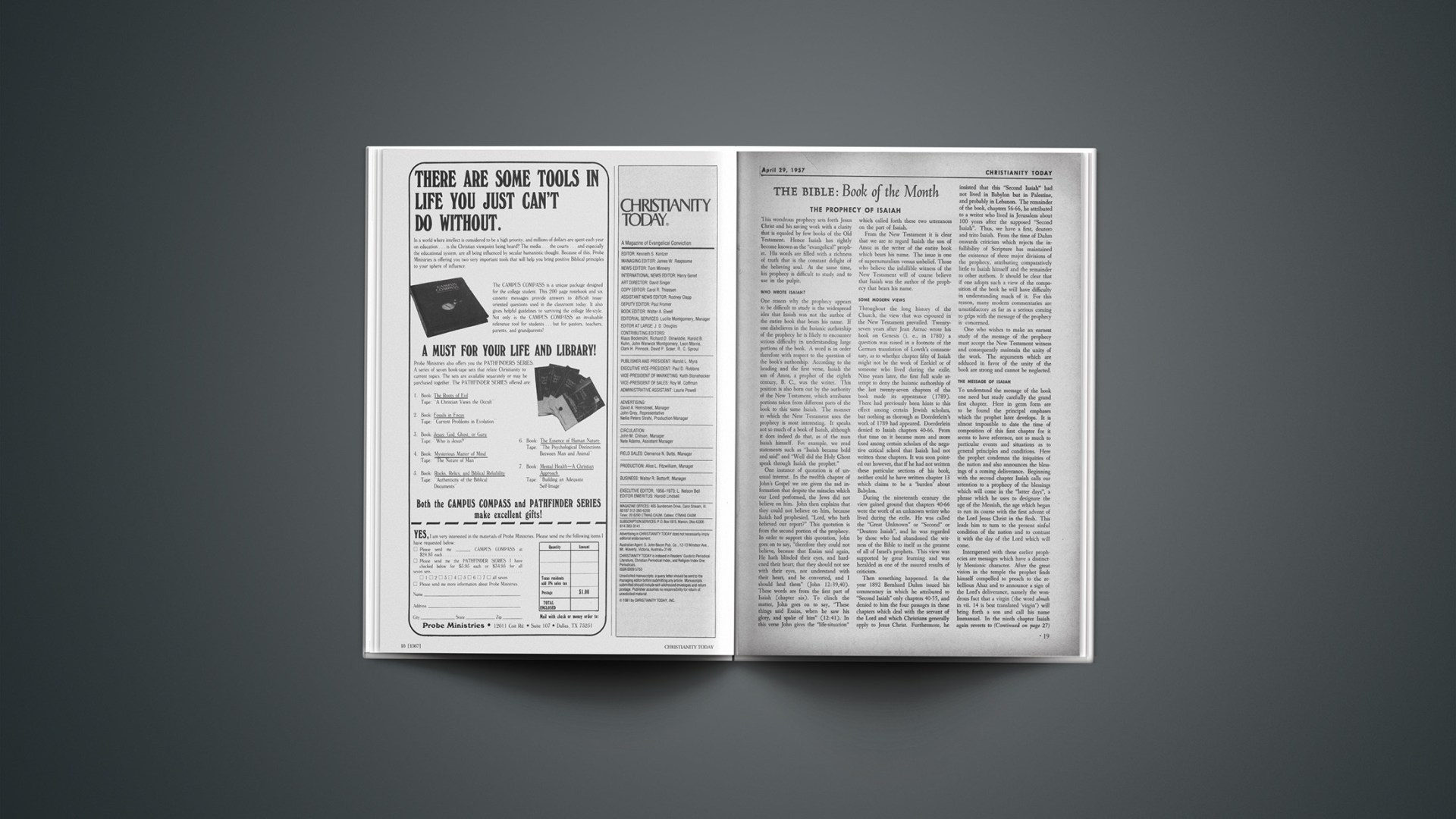And I will pray the Father, and he shall give you another Comforter, that he may abide with you for ever; even the Spirit of truth; whom the world cannot receive, because it seeth him not, neither knoweth him: but ye know him; for he dwelleth with you, and shall be in you (John 14:16, 17).
Our Lord’s prayers as Intercessor, are not to be regarded as in kind precisely like ours. We as sinners confess our offences, and pray for pardon through the atoning blood of Jesus Christ. But his prayers are to be regarded, as declarative of his sovereign will and pleasure in regard to his people, who have been given to him in the covenant of redemption, and over whom he has thrown the robe of his own righteousness.—JOHN J. OWEN.
Two promises, like heavenly merchant-vessels, brought salvation to our world. The first promise brought the Messiah into the world in the flesh; the second, in the Spirit—the first, to be crucified; the second, to crucify the sins of his people—the first, to empty himself; the second, to fill the believer with heavenly gifts and graces—the first, to sanctify himself as a sin-offering upon the altar; the second, to give repentance and pardon as a Prince and a Saviour.—CHRISTIAN EVANS.
Another Comforter
The Spirit is said to be ‘another’ Advocate, not because he differs in essence from the Lord, who is also and will remain an Advocate of the disciples (1 John 2:1), but because there are differences between his activity and that of the Lord. The Lord’s work in the days of his flesh, for example, was visible and for a time only; the Spirit’s work is invisible and permanent.—R. H. LIGHTFOOT.
The fact that the Lord here called the Holy Spirit “another Comforter” also proves him to be a person, and a Divine person. It is striking to observe that in this verse we have mentioned each of the three persons of the blessed Trinity: “I will pray the Father, and he shall give you another Comforter.”—ARTHUR W. PINK.
In our present modern English Comforter has a very narrower range of meaning than its etymology would give it, and than probably it had when it was first used in an English translation. Comforter means, a great deal more than consoler, though we have narrowed it to that signification almost exclusively. It means not only one who administers sweet whispers of consolation in sorrow, but one who by his presence makes strong.—ALEXANDER MACLAREN.
The literal etymological meaning of the word is, “One-called to be beside another.” The word is used in classical Greek, and a word of similar etymology, from which our word “advocate” is derived, is used in classical Latin writers to denote a person who patronizes another in a judicial cause, and who appears in support of him. It was the custom, before the ancient tribunals, for the parties to appear in court, attended by one or more of their most powerful and influential friends, who were called paracletes—the Greek term—or advocates—the Latin term. They were persons who, prompted by affection, were disposed to stand by their friend; and persons, in whose knowledge, wisdom, and truth, the individual having the cause had confidence.—JOHN BROWN.
Spirit Of Truth
He is the Spirit of truth, not as if he brought new truth. To suppose that he does so, opens the door to all manner of fanaticism, but the truth, the revelation of which is all summed and finished in the person and work of Jesus Christ, is the weapon by which the divine Spirit works all his conquests, the staff on which he makes us lean and be strong.—ALEXANDER MACLAREN.
The Spirit comforts his people by means of the truth revealed in his Word, enabling them to understand its import, to feel its power, and especially to apply it, in the exercise of an appropriating faith, to the case of their own souls.… The believer’s comfort is often, for a time, weak and fluctuating, just because his views of divine truth are dim and indistinct; but as these become, under the teaching of the Spirit, more clear and comprehensive, his comfort also becomes more settled and stable.—ROBERT BUCHANAN.
He applies the truth to the conscience, and makes the guilty read their own sentence of condemnation by the light of the fires of Sinai; and then he shows them the atoning blood, and prompts them to pray for pardon. The Holy Spirit on earth awakens sinners, convinces them of sin, draws them to the throne of grace, and breathes into them intense prayers for pardon. He renews them, and purifies them, and makes them temples of his grace, and heirs of glory. He opens the blind eyes, and unstops the deaf ears, and makes the lame man leap as an hart, and the tongue of the dumb to sing.—CHRISTIAN EVANS.
World Cannot Receive
The unbelieving are unsusceptible to the Spirit, because the capacity of inward vision (of experimental perception) of the Spirit is wanting to them; He is to them something unknown and foreign, so that they have no subjective point of attachment for receiving Him.—H. A. W. MEYER.
The meaning must needs be this, till men have some experience of the work of the Spirit upon their hearts; till he hath been a sanctifier in them, and caused them to believe, they cannot receive him as Comforter. Why? Because there is not matter wherewithal to comfort them; they must first be in the state of grace before they can be comforted by being in the state of grace.—THOMAS GOODWIN.
He is an advocate for the church, in, with, and against the world. Such an advocate is one that undertaketh the protection and defence of another as to any cause wherein he is engaged. The cause where in the disciples of Christ are engaged in and against the world is the truth of the gospel, the power and kingdom of their Lord and Master. This they testify unto; this is opposed by the world; and this, under various forms, appearances, and pretences, is that which they suffer reproaches and persecutions for in every generation. In this cause the Holy Spirit is their advocate, justifying Jesus Christ and the gospel against the world.—JOHN OWEN.
Abides Forever
The Holy Spirit does not dwell in our hearts as we dwell in our house, independent of it, walking through it, shortly to leave it; but he so inheres in and cleaves to us that, tho we were thrown into the hottest crucible, he and we could not be separated. The fiercest fire could not dissolve the union. Even the body is called the temple of the Holy Spirit; and tho at death he may leave it at least in part, to bring it again to greater glory in the resurrection, yet as far as our inward man is concerned, he never departs from us. In that sense he is with us forever.—ABRAHAM KUYPER.
With whom the Spirit abides, and while he abides with them, they cannot utterly forsake God nor be forsaken of him; for they who have the Spirit of God are the children of God: but God hath promised that his Spirit shall abide with believers for ever.—JOHN OWEN.

